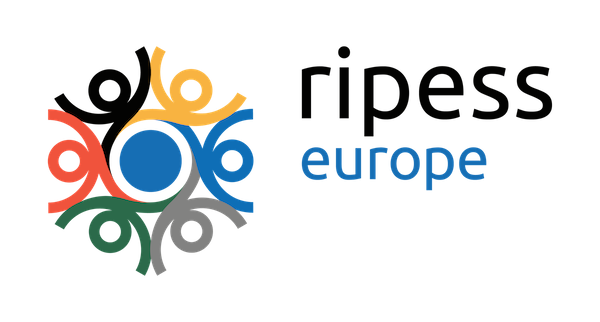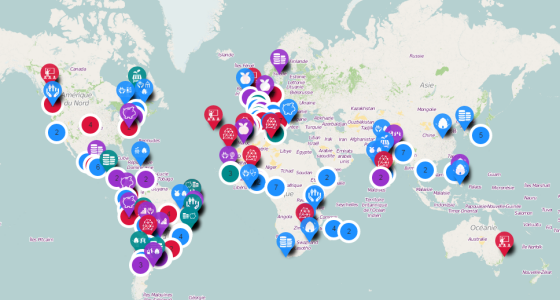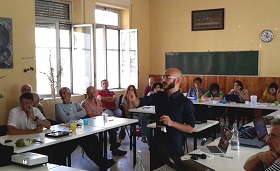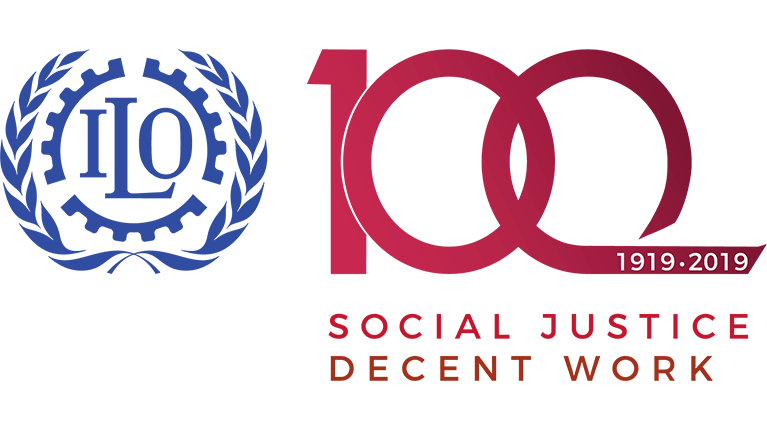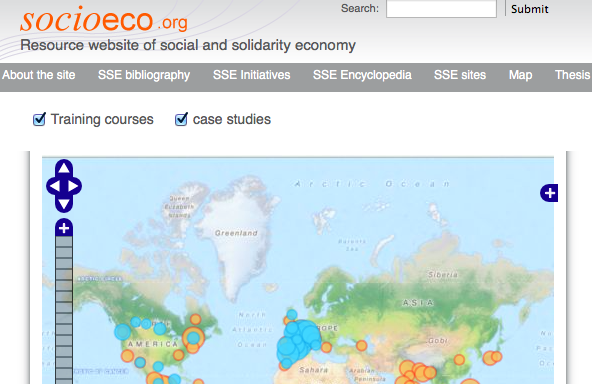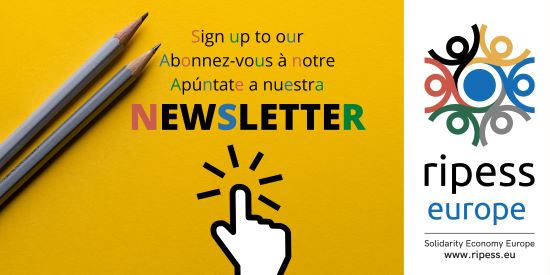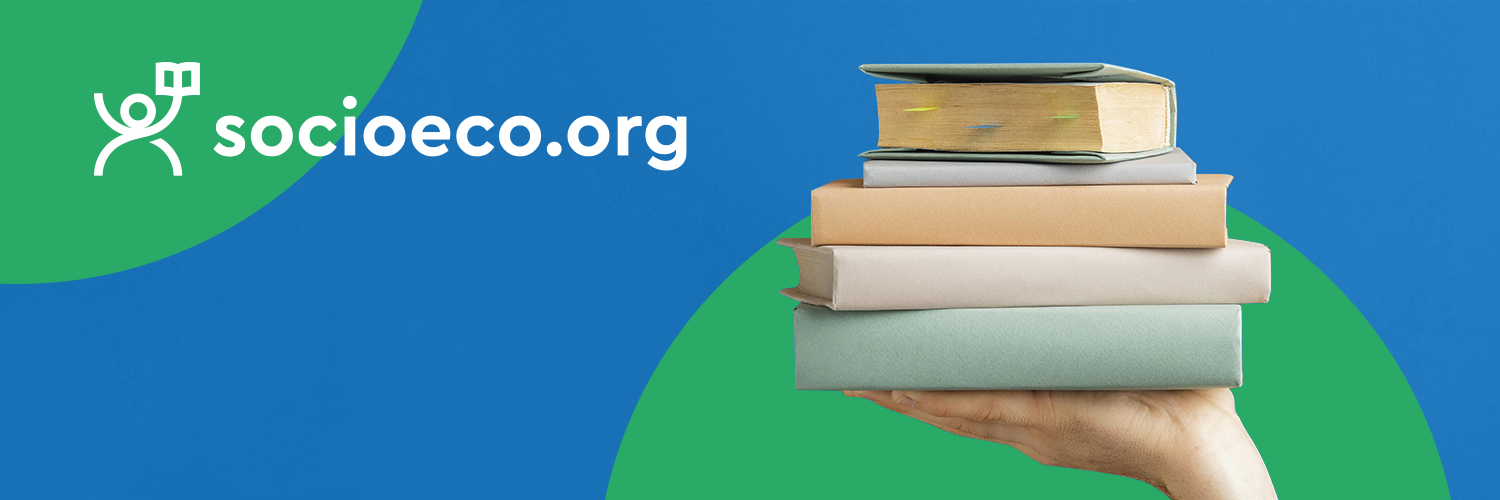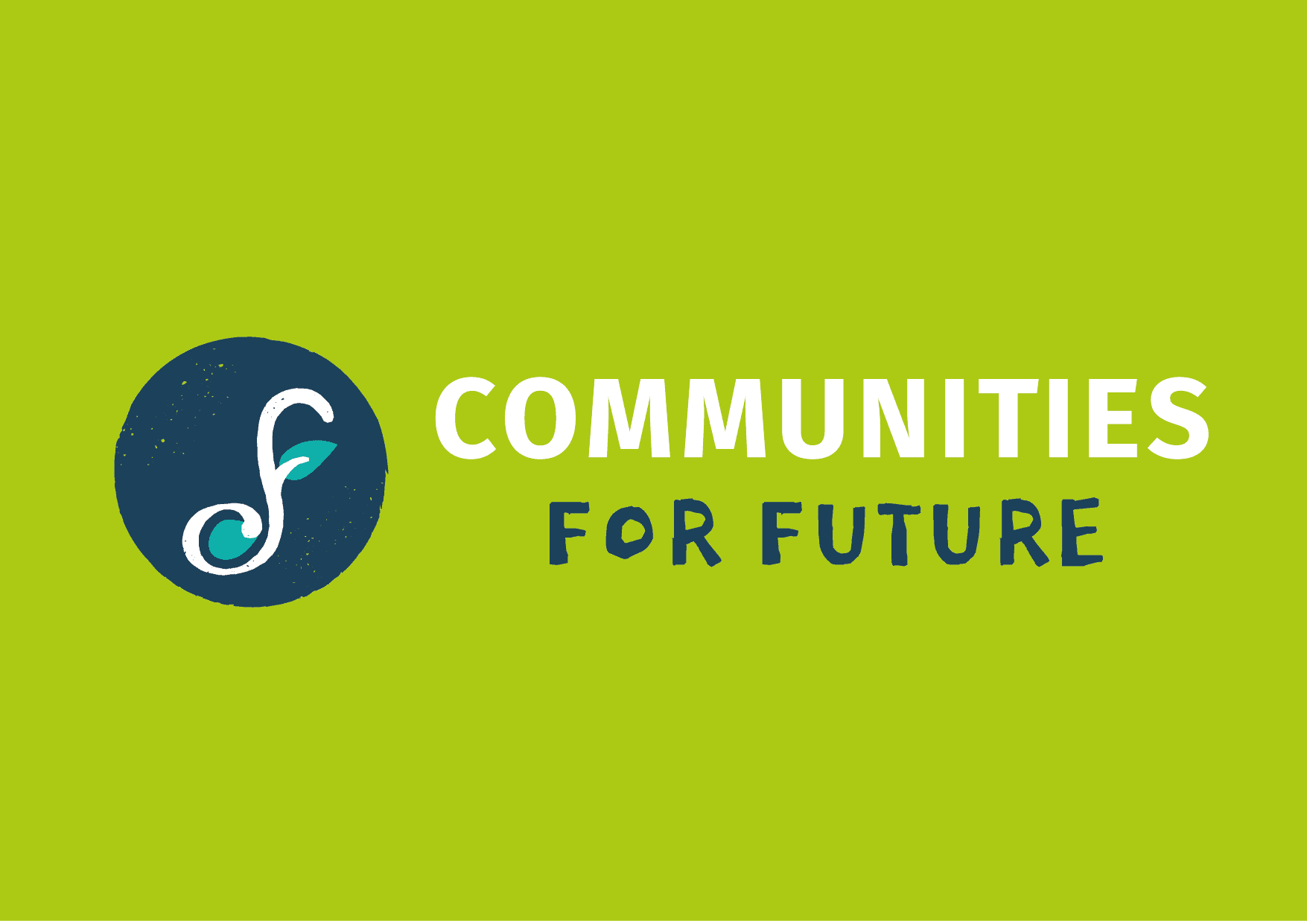Mapping is currently very popular, with new maps appearing every day, such as those mapping community-supported agriculture and the transition initiatives map. The ideal, if fairly unlikely, solution would of course be to gather them all together on a world map with clear categories where users could select the elements they are looking for. The question is, what is the purpose of these types of maps? Their main aim is to give visibility to the things we wish to show and multiply points on the map to highlight the alternatives that are proliferating worldwide, but that often remain in the shadows.
The SSE solutions map set up by the socioeco.org website, counts among these profile-raising tools. It is designed to boost the visibility of the social and solidarity economy (multiplicity of points) as well as to show that the solutions offered by the SSE are present in the entire economic spectrum as part of the SSE’s mission to meet people’s needs. It aims to demonstrate how the SSE meets needs in terms of food, health, education, culture, housing, access to land and water, energy production and environmental protection. And also how the SSE has found innovative solutions rooted in a history or a territory to manage resources, produce, market, finance, consume, use suitable technologies and recycle in order to reintroduce production waste into the economic circuit. What solutions has it introduced in terms of complementary currencies for relocalizing the economy? And in terms of territories, what citizens’ initiatives and public policies has it developed for forging new ties between stakeholders with different interests but sharing the same living area, thus promoting the eagerly awaited change of scale?
The solutions map intends to depict all of this and more: it also covers more specific initiatives, for women and young people, constantly overlooked by the system, and highlights the alternative media that are our allies in disseminating solidarity-based initiatives but still suffer from a low profile, along with SSE research centers and SSE networks of organizations and actors that work to amplify the impact of initiatives at the local, regional, national, European and even international levels.
This takes us to the solutions map’s second goal: to recount, inspire, unite, pool and create networks by providing descriptions of initiatives taken from studies, student theses, in-depth articles and answers to the socioeco.org online form, as well as videos, often more expressive than written documents. The idea is to make available online a whole range of stories, experiences, obstacles to overcome and elements to make use of, new and not so new ways of acting and thinking in order to disseminate, reproduce and multiply the number of initiatives and give concrete meaning to the idea of social transformation that underpins the social and solidarity economy.
To bring this solutions map to life, SSE actors need to keep talking about themselves. This is a call for participation: tell us about an alternative media, an SSE network or a research centre. Share your stories with us whichever way you prefer, either by filling in the following form (which you can add to), sending a document you already have or providing the URL for a video. We will add them to the map so that it will take on more and more colours and become a beacon of inspiration for a future rooted in solidarity.
And let’s not forget that socioeco.org also provides 12,000 entries in 6 languages: French, English, Spanish, Italian, Portuguese and a few documents in German. You want to research the SSE? Read content on topics that interest you? Watch videos of conferences or illustrating specific projects? Add your documents, thesis, initiatives – and enjoy your journey through the whole site!
For further information, contact: Françoise Wautiez
See also Italian version, Spansih version, Portuguese version.


